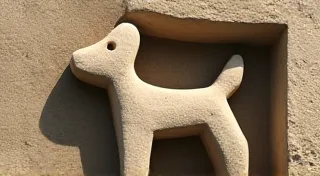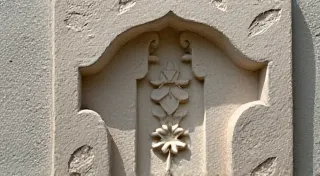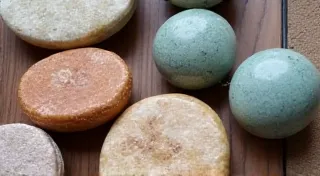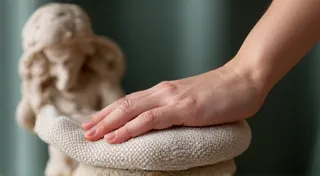Dust Control in Stone Carving: Best Practices
Stone carving is a rewarding craft, yielding beautiful and enduring works of art. However, it's also a process that generates a significant amount of dust. This isn't just an aesthetic problem; it's a serious health hazard. Exposure to stone dust, particularly silica dust found in many common carving stones like sandstone, limestone, and marble, can lead to silicosis, a debilitating and irreversible lung disease. Beyond silicosis, stone dust can exacerbate asthma and other respiratory conditions, irritate the eyes, and even contribute to long-term health issues. This article details effective dust control strategies and equipment for stone carvers of all levels, prioritizing safety and a healthier working environment.
Understanding the Risks: What's in the Dust?
Not all stone dust is created equal. The composition of the dust you’re producing depends heavily on the type of stone you’re carving.
- Silica Dust (SiO2): The most significant concern. Found in abundance in many common stones like granite, sandstone, and slate, even in small amounts, inhaled silica dust damages lung tissue. Crystalline silica is particularly dangerous.
- Calcium Carbonate (CaCO3): Commonly found in limestone and marble. While generally less hazardous than silica, excessive exposure can still cause respiratory irritation.
- Other Minerals: The specific mineral composition varies widely depending on the stone type, and each contributes its own potential hazards.
The size of the dust particles also matters. Finer particles (those smaller than 10 micrometers) are the most dangerous as they can penetrate deep into the lungs. The simple act of sanding or dry carving releases a large quantity of these fine particles.
Disclaimer: This article provides general guidance. Always consult with a qualified occupational health and safety professional for specific recommendations tailored to your work environment and the stones you are carving.
Hierarchy of Controls: A Prioritized Approach
Dust control should be approached using a hierarchy of controls. This means prioritizing the most effective methods first, then layering additional measures as needed. The hierarchy, in order of preference, is:
- Elimination: The most effective, but often impractical. This means avoiding stones with high silica content. While a noble goal, it's often not feasible for artistic purposes.
- Substitution: Replacing a hazardous stone with a less hazardous alternative. For example, using a softer, less dusty limestone instead of a granite.
- Engineering Controls: These are physical changes to the workspace and equipment that minimize dust exposure. This is where most stone carvers will focus their efforts.
- Administrative Controls: These are work practices and procedures designed to reduce dust exposure.
- Personal Protective Equipment (PPE): The last line of defense. While crucial, PPE shouldn't be relied upon as the primary dust control measure.
Engineering Controls: Practical Solutions for Your Workspace
Here’s a detailed look at engineering controls you can implement:
- Wet Cutting/Carving: The single most effective engineering control. Applying water to the stone during cutting and carving significantly reduces dust release. This can be achieved with sponges, spray bottles, or dedicated wet cutting systems. The water traps the dust particles, preventing them from becoming airborne.
- Dust Collection Systems: These range from small, portable vacuums with HEPA filters to larger, more powerful systems connected to power tools. Ensure the vacuum is appropriately sized for the tool and the stone you're working with. A HEPA (High-Efficiency Particulate Air) filter is essential for capturing fine dust particles.
- Local Exhaust Ventilation (LEV): This involves drawing dust away from the point of generation. A simple LEV system can be a flexible hose connected to a vacuum nozzle, positioned close to the carving area. More sophisticated systems might include dedicated extraction arms.
- Enclosed Workstations: If feasible, enclosing the carving area can contain dust. This could be as simple as creating a temporary barrier or building a more permanent workshop with dedicated ventilation.
- Tool Selection: Certain tools generate less dust than others. For example, pneumatic tools often create more dust than electric tools. Choose tools appropriate for the task and consider their dust generation potential.
Image: 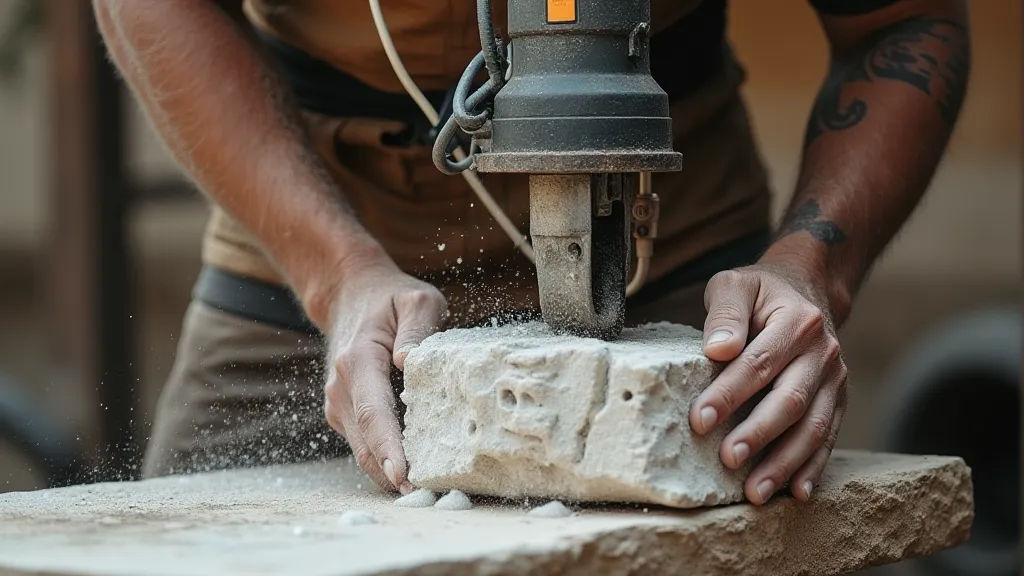
Administrative Controls: Best Practices for Safe Carving
Administrative controls are the work practices and procedures you implement to minimize dust exposure. Here are some key examples:
- Regular Cleaning: Vacuum and wet-mop the workspace frequently to remove accumulated dust. Dry sweeping disperses dust into the air, so avoid it.
- Worker Training: Ensure all workers understand the hazards associated with stone dust and the proper use of control measures and PPE.
- Housekeeping: Keep the work area tidy and organized to prevent dust from accumulating in hard-to-reach areas.
- Rotation of Tasks: If possible, rotate workers through tasks to limit individual exposure to dust.
- Monitoring Dust Levels: Periodically monitor dust levels in the workplace to ensure control measures are effective. This might involve using air monitoring equipment or conducting visual assessments.
- Health Surveillance: Implement a health surveillance program, including periodic lung function tests, for workers potentially exposed to significant levels of stone dust.
Personal Protective Equipment (PPE): Your Last Line of Defense
PPE is the final layer of protection and should always be used in conjunction with engineering and administrative controls. Crucial PPE items include:
- Respirators: A properly fitted respirator is essential when dust exposure cannot be adequately controlled through other means. The type of respirator needed depends on the level of exposure and the stone being carved. N95 respirators offer basic protection, while more advanced respirators with higher filtration capabilities are recommended for higher exposure levels. Fit testing is crucial to ensure a tight seal.
- Safety Glasses/Goggles: To protect eyes from flying debris and dust.
- Gloves: To protect hands from cuts, abrasions, and irritation.
- Protective Clothing: Long sleeves and pants to minimize skin exposure.
Image: 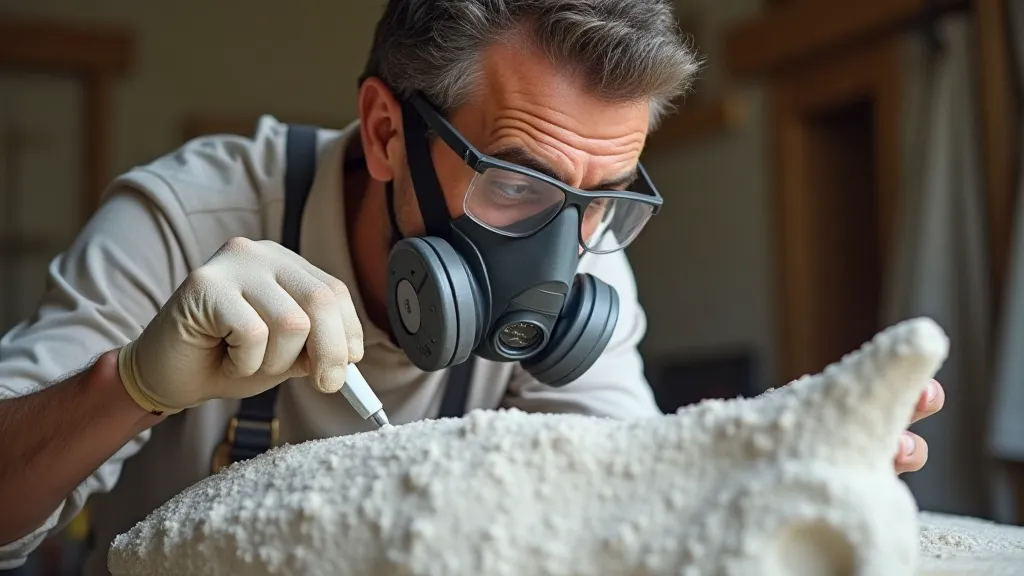
Specific Stone Considerations
The specific precautions needed depend on the type of stone you are working with:
- Granite and Slate: High silica content – prioritize wet cutting and robust dust collection.
- Sandstone: Also high in silica, similar precautions as granite and slate.
- Limestone and Marble: Lower silica content but still generate significant dust. Wet cutting and local exhaust ventilation are still important.
Image: 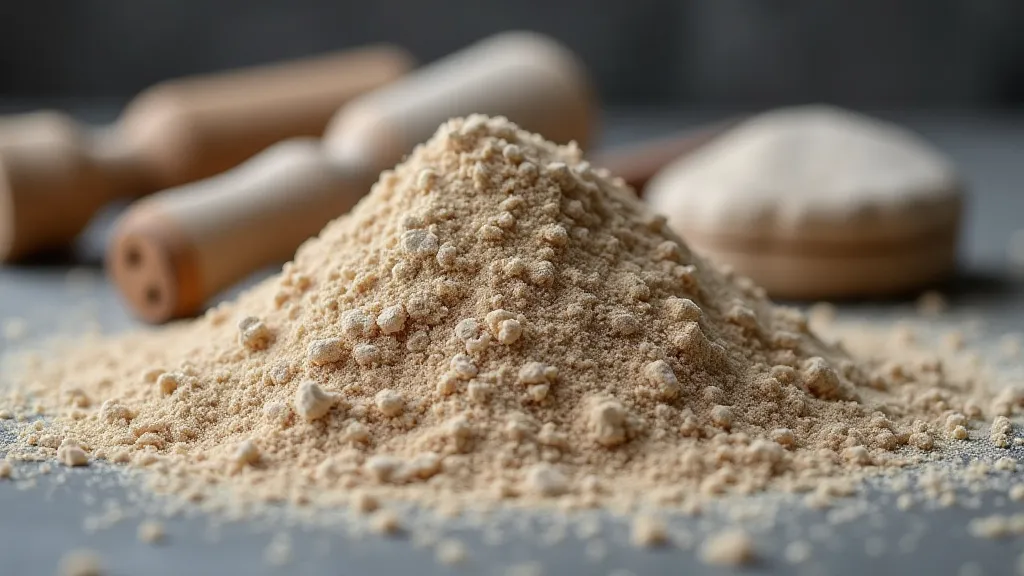
Conclusion
Dust control in stone carving is not just a matter of convenience; it’s a critical aspect of worker safety. By understanding the risks, implementing a hierarchy of controls, and consistently adhering to best practices, you can protect your health and enjoy the art of stone carving for years to come. Remember to prioritize prevention and continuously evaluate the effectiveness of your dust control measures. Consult with safety professionals to ensure compliance with relevant regulations and tailor your approach to your specific working environment.
